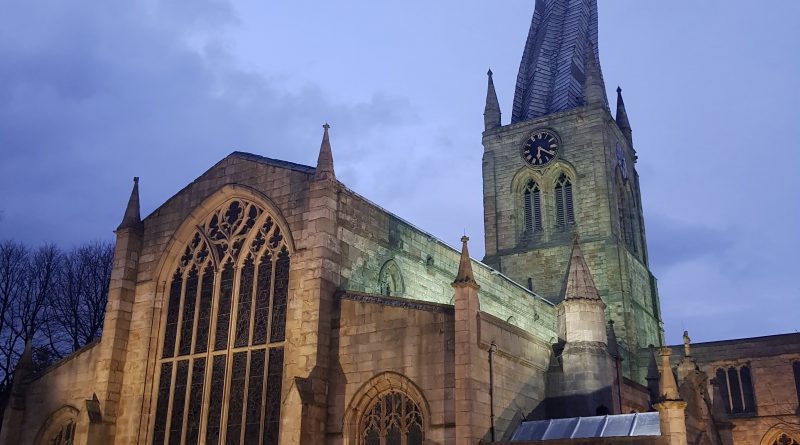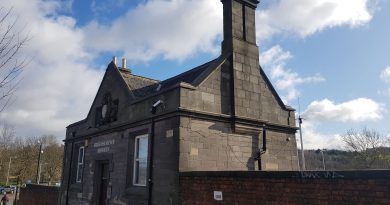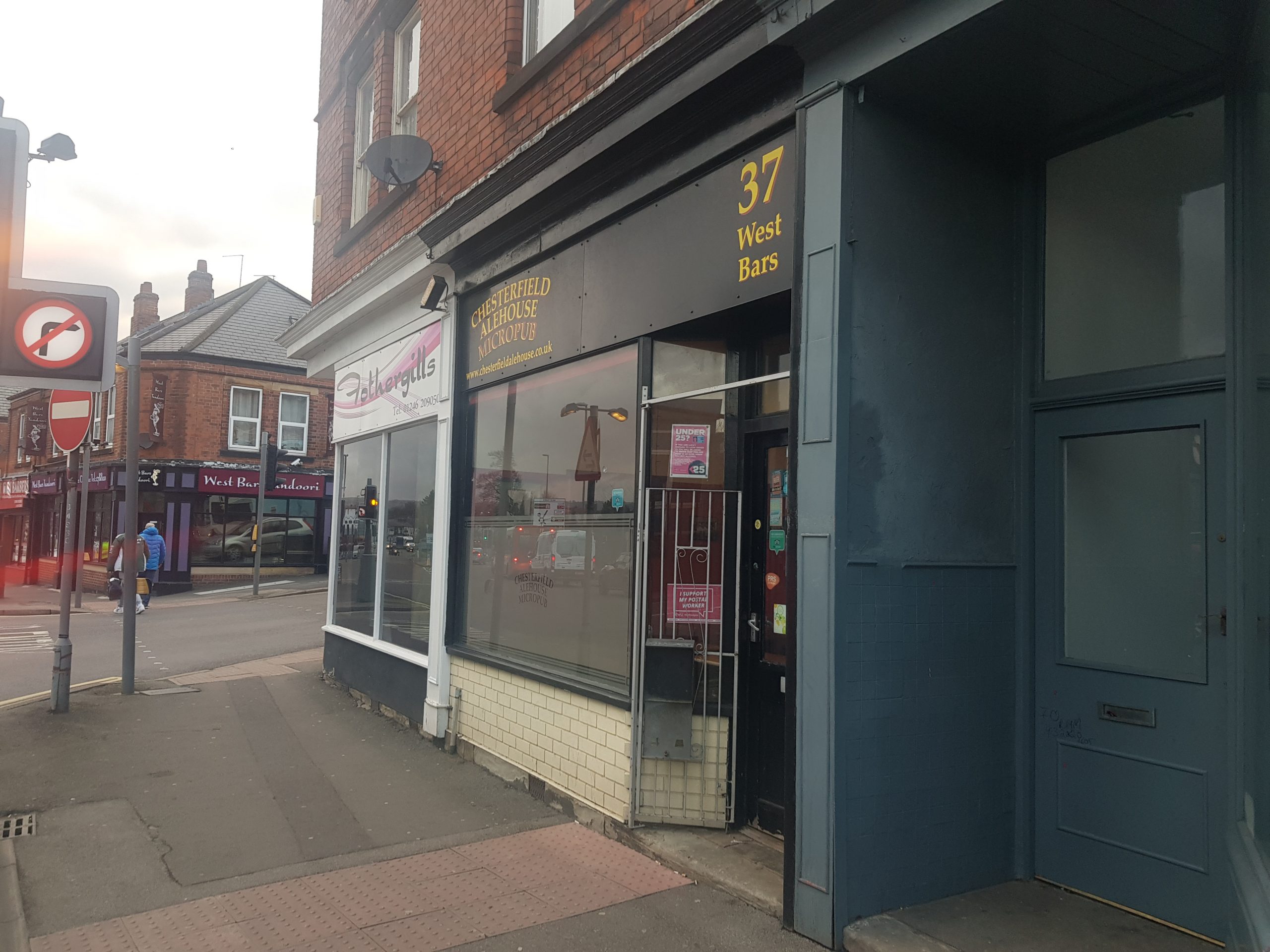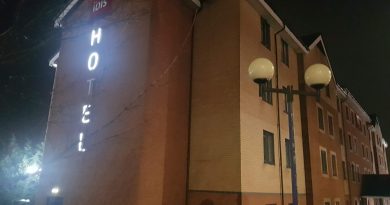Chesterfield – Church of St Mary and All Saints (The Crooked Spire)
For reasons I haven’t yet worked out, the cover image on these blog pages is automatically cropped, but I’m dealing with that.
For this post, it kind of makes sense to have the whole photo, so here’s the church including its twisted spire. There’s a local poem about this church which is:
“Whichever way you turn your eye,
It always seems to be awry.
Pray can you tell the reason why?
The only reason known of weight,
Is that the thing was never straight”.
The church is also known as the Crooked Spire church, for reasons which are self-evident. The problem occurred when the spire was being built as there was a shortage of trained men due to the Black Death, and a mistake was made by using unseasoned wood and also too much lead. The spire twisted over the centuries, which isn’t entirely uncommon in churches from this period, and it was nearly taken down in the early nineteenth century. Wiser heads prevailed and the church is today one of the most infamous in the area because of its quirky spire.
There also can’t be many football teams who have their nickname derived from the local church, but Chesterfield FC do, they are often called the Spireites. They were offering tours of the church tower until relatively recently, but it has been decided that it is currently unsafe to do so.
I don’t like grave stones being reused in this manner, they’re losing their relevance like this and slowly being destroyed. This is inside the church’s porch.
Looking towards the altar of the thirteenth century medieval church, which was comprehensively restored (or mauled about, depending on your view of Victorian architects) by George Gilbert Scott in 1843.
Looking back towards the west end of the church which mostly dates to the period of Henry VII, they’ve built a shop area at the back (the shop is recent, that wasn’t a Tudor installation….).
The intricately carved pulpit dates back to 1620. A large fire in the church started near to this pulpit in 1961, but although this fine wooden structure survived, the church’s grand old Snetzler organ was destroyed.
The Foljambe family tombs in the Lady Chapel.
The stained glass in St. Catherine’s Chapel.













